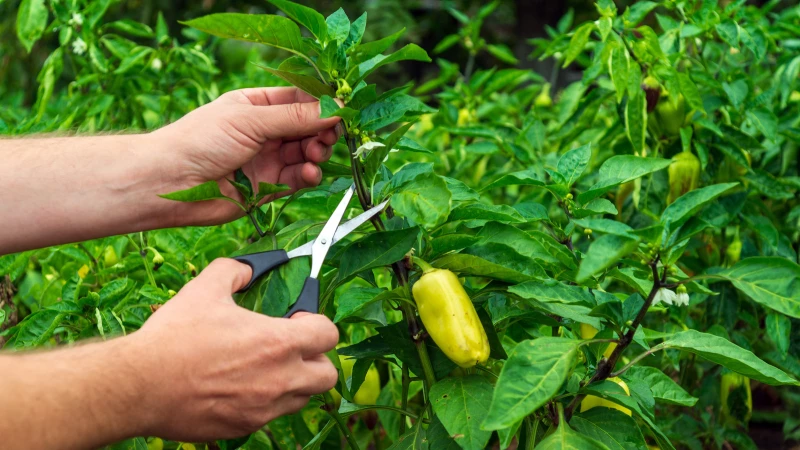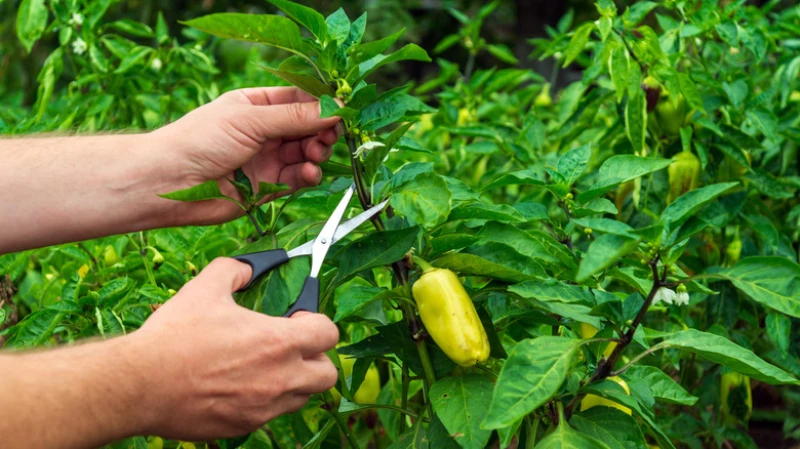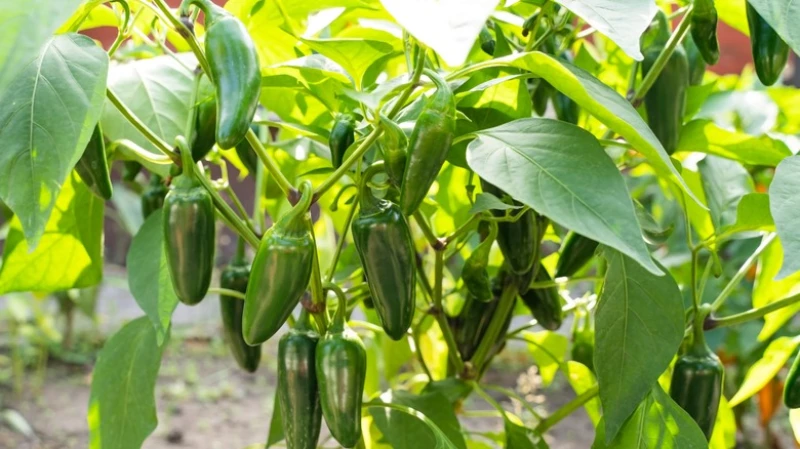Benefits of Topping Pepper Plants
When it comes to pepper plants, the decision to top or not to top can be a difficult one. Topping involves clipping off the topmost growth of the plant, redirecting its energy towards growing more outward branches. This can result in a fuller, bushier plant that has the potential to produce more fruits. However, the effectiveness of topping pepper plants depends on various factors such as the type of peppers being grown, the climate, and the length of the growing season.
In certain climates and with certain pepper varieties, topping can be beneficial. It can lead to a larger harvest throughout the season. By encouraging the growth of more branches, topping helps create a denser foliage that can support more fruits. This can be particularly advantageous for pepper plants that have a tendency to become leggy or weak. Topping also helps to control the height of the plant, making it more manageable and easier to harvest.
Pepper plants that produce smaller fruits benefit from topping because the lateral branches can support the weight. Since larger types of peppers — like bells — weigh more, they need strong branches for each fruit. Jalapenos, lunchbox peppers, and the plants of other small varieties can reward you with loads of extra peppers on each of those side branches without the weight becoming overwhelming.
Topping peppers in warmer regions can also give you a larger harvest because of the longer growing season. Topping pepper plants will delay your first harvest since they will divert their energy toward growing lateral branches, but if you have plenty of hot weather ahead, you will be rewarded with a significantly larger harvest throughout the growing season. If you live in a warm area, it's really up to you to decide if it's worth the wait. One option is to top half your plants, especially if you plan on canning. This way, you still get some early peppers as well as a bumper crop later in the year.
When to leave your plants alone
Topping pepper plants must be done before they mature. Do not prune back your pepper plants if they are taller than 24 inches. After they reach this point, they are unlikely to divert that growing energy to side branches, and you'll end up with a stunted plant that produces fewer peppers.
When it comes to pepper plants that produce large, heavy fruits like bells or poblanos, it is not recommended to top them. These plants naturally grow in a shape and size that supports their big, tasty pepper varieties, so it's best to leave them alone. Removing top leaves from these large peppers can potentially cause damage to the fruits, especially sun scald. Additionally, if you live in a northern region with a short growing season, topping can result in a significant loss of harvest. Since topping delays fruit production, it takes away precious growing time during the ideal weather conditions for growth.









